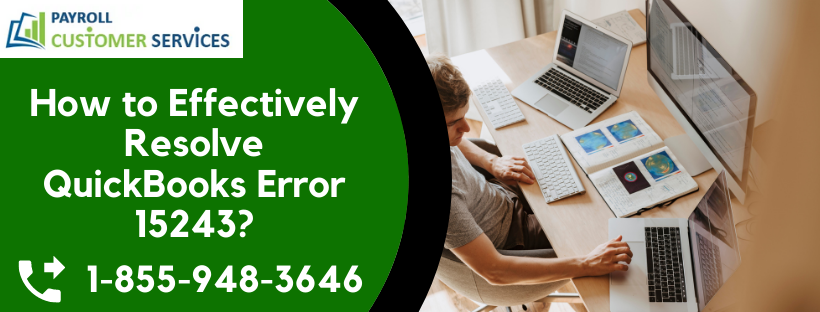I’ve lost count of how many people have asked me the question: What is the best high-return, low-risk investment?
For the novice investor it makes sense to pay attention only to the positive factors of an investment, but we always need to understand all the details.
We are often caught off guard with some rule or feature of our investment, such as a grace period, tax payable or risk that we were not aware of.
For this reason I answer: It depends on your objective, what is and what is not important to you.
This article could be very long, but simplifying only with investments in fixed income ( CDBs , Public Securities , Debentures and Fixed Income Funds), we have 4 pillars:
- Risk : credit and market. As explained in this article , it is the possibility of something going differently than planned. Market risk happens when the interest rate (or other index of your investment) varies during the term of the investment and you earn more or less than you initially expected. In the case of credit risk, it is simply the possibility that the institution you invested in goes bankrupt and you do not get your money back. It’s the famous slip.
- Return : relative (%) to the CDI and/or linked to some index. Bearing in mind that administration fees, fees and other costs are “built-in” in this risk/return ratio. If the management fee for a fixed income investment is high (Ex.: greater than 1% in fixed income funds), then it is necessary to take more risks to offset the cost and deliver a good return, that is, owning some security riskier (such as a bond from a riskier company). Also pay attention to the Income Tax charged, which often decreases over time.
- Liquidity: ease of redeeming the investment. Some banks offer the famous “liquidity at maturity”, which means that the investment has no liquidity. If the term is 5 years, for example, you can forget that you have that money until maturity, because even in the most urgent situations you will not be able to redeem it. That’s why investments with less liquidity have a higher return. There are also cases with penalties for early redemption.
- Affordability: Minimum application value. It is common to offer a low return for investments with low investment values, and vice versa.
I want an investment with high return, low risk, high liquidity and low minimum investments!
With exceptions, no financial institution will offer all 4 items. This is because, for her, the investment is a sales product, that is, it needs to generate a return to continue being offered.
The recommended thing is not to look for the investment with these 4 items, but the ideal one for you . For this, it is enough to study and plan, in order to make the best choice, by identifying what is really important.
What to choose then?
In the case of fixed income investments, the reasoning is simple: choose 2 or at most 3 of these pillars and give up what you consider less important, or which is indifferent.
- Want the highest possible profitability? So take a little more risk and/or plan better so you can have less liquidity.
- Want as little risk as possible? So don’t expect much higher returns than the CDI.
- Want liquidity? Then profitability or risk will be compromised.
- Don’t have a lot of money to apply? If you want a good return, plan so you don’t need the money in the short term.
- Do you like to take risks? In this case there are many options for you. But understand and be aware of the risks taken.
- Not in a hurry to bail out (eg, saving for retirement)? Great, look for alternatives with lower liquidity and higher returns.
And public bonds?
The question that may arise: but what about public securities that are safe, liquid, and accessible and with good returns?
First let’s remember the article that talks about the risks of government bonds. Being a modality with the lowest possible risk, accessible and with high liquidity (weekly), then the profitability should be low, right? But she is short. What happens is that as investors usually have little knowledge about investments, commercial banks usually offer products with even lower profitability!
Finally, there is a case that we always use to illustrate this type of choice: once a girl asked us what a safe, profitable and liquid investment was, because her son was completing 1 year and she wanted to start investing to pay for college. His.
Our answer? Why a net investment, if the investment horizon is 18 years?
That’s why we insist: think carefully about your goal and what is really important to you.
Posted by: John Labunski





